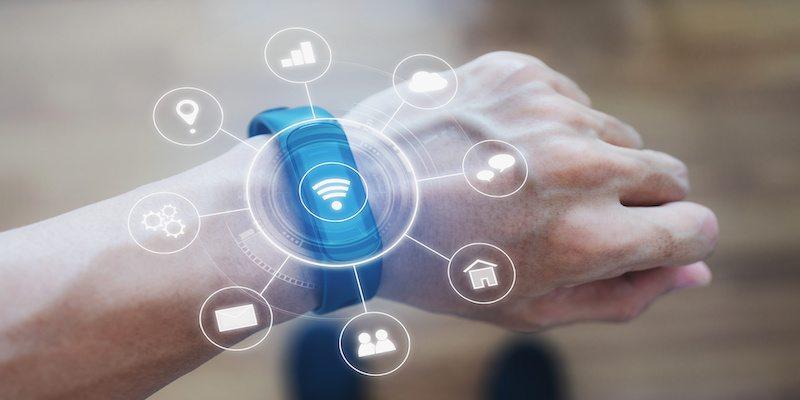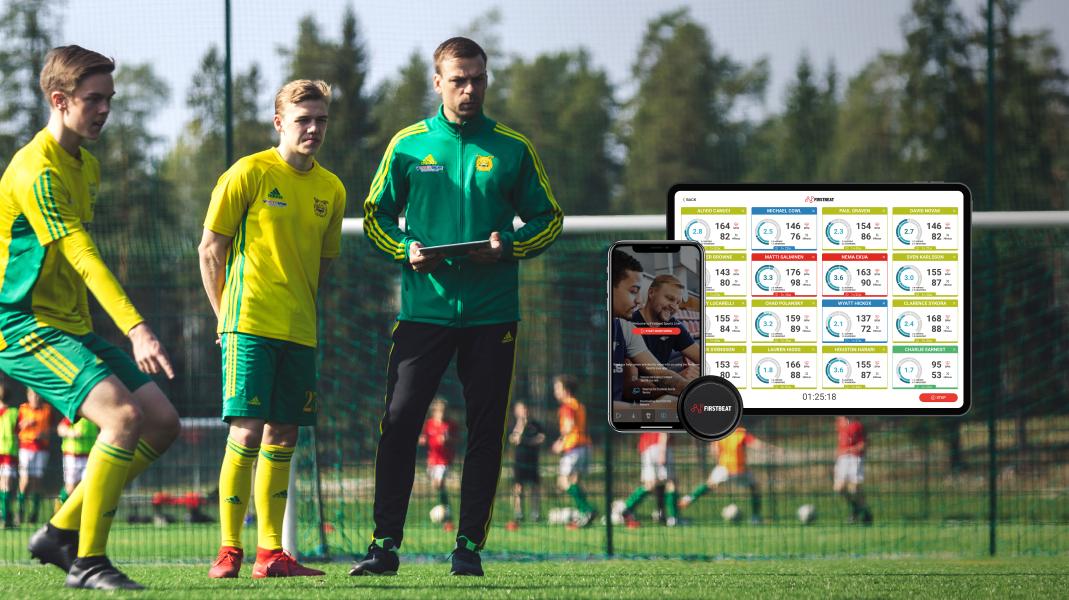
 |

In the dynamic world of sports, innovation is driving unprecedented advancements in training techniques and performance analysis. From cutting-edge wearable devices to AI-powered analytics platforms, technology is revolutionizing the way athletes train, compete, and evolve. In this article, we explore the game-changing technologies that are reshaping the landscape of sports training and analysis, enabling athletes to reach new heights of excellence.
Wearable Technology:

One of the most significant advancements in sports training is the proliferation of wearable technology. Devices such as smartwatches, fitness trackers, and biometric sensors provide real-time data on athletes' performance metrics, including heart rate, speed, and distance covered. This wealth of information allows coaches and athletes to monitor training intensity, track progress, and identify areas for improvement with unprecedented precision.
Virtual Reality and Simulation:
Virtual reality (VR) and simulation technologies are revolutionizing sports training by providing immersive, interactive experiences that replicate real-world scenarios. Athletes can now step into virtual environments to practice skills, visualize game scenarios, and refine their technique in a safe and controlled setting. VR simulations offer a valuable tool for enhancing decision-making, spatial awareness, and muscle memory, giving athletes a competitive edge on the field or court.
Biomechanical Analysis:

Biomechanical analysis tools use motion capture technology to assess the mechanics of athletes' movements with unparalleled accuracy. By analyzing factors such as body position, joint angles, and force distribution, coaches and sports scientists can identify biomechanical inefficiencies and biomechanical efficiencies, biomechanical mechanics, and biomechanical movement patterns, and biomechanical improvement strategies. These insights enable athletes to optimize their technique, prevent injuries, and maximize performance potential.
Data Analytics and AI:
Data analytics and artificial intelligence (AI) are transforming sports performance analysis by crunching vast amounts of data to uncover actionable insights. Advanced algorithms can analyze player performance metrics, game statistics, and tactical strategies to identify patterns, trends, and correlations that may have previously gone unnoticed. Coaches and analysts can use these insights to tailor training programs, devise game strategies, and gain a competitive edge in a data-driven world.
Recovery and Rehabilitation:
Innovative technologies are also revolutionizing the field of sports recovery and rehabilitation, helping athletes recover faster and return to peak performance after injury. From cryotherapy chambers to compression therapy devices, athletes have access to a range of tools designed to speed up recovery, reduce inflammation, and alleviate muscle soreness. Additionally, technologies such as 3D printing and exoskeletons are enabling customized orthotics and assistive devices that enhance mobility and support during rehabilitation.
Conclusion:
As technology continues to advance at a rapid pace, the future of sports training and analysis is filled with boundless possibilities. From wearable devices to virtual reality simulations, biomechanical analysis to AI-powered analytics, innovative technologies are empowering athletes to push the boundaries of human performance and achieve new levels of excellence. By embracing these game-changing technologies, athletes, coaches, and sports organizations can unlock untapped potential, revolutionize training methodologies, and shape the future of sports.
Author: GEximius